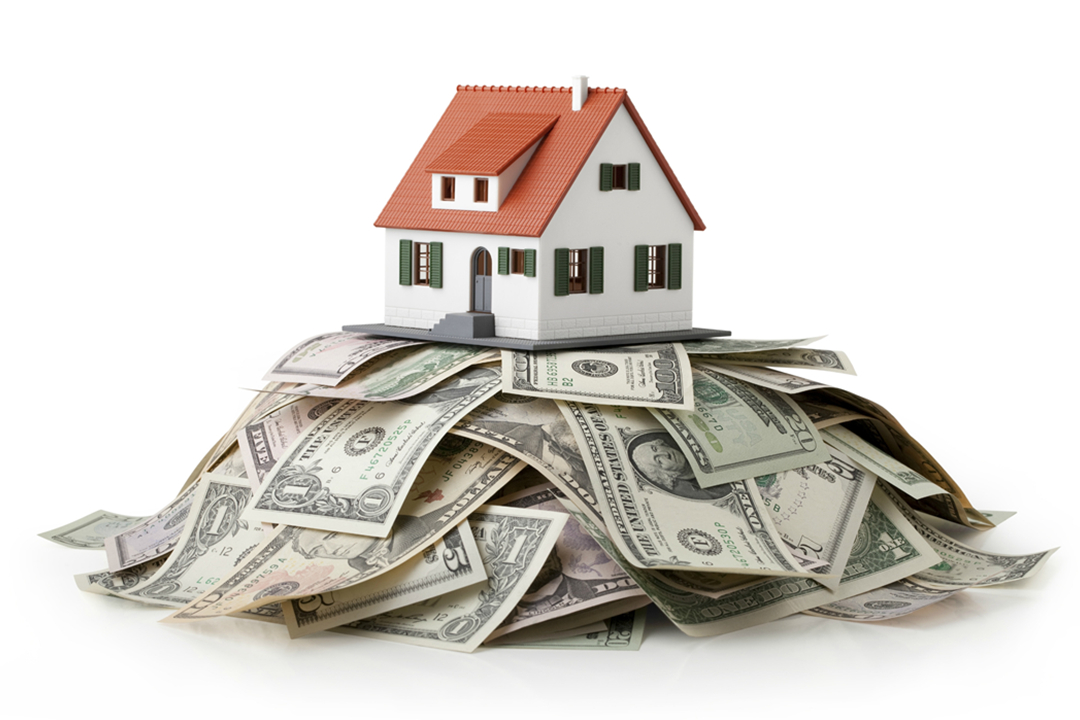Mortgage refinancing can be a powerful tool in the financial arsenal of homeowners, offering a pathway to lower interest rates, reduced loan terms, or even cash in hand. However, understanding when and how to leverage this strategy is crucial to maximize its benefits.
Refinancing a mortgage means replacing your current home loan with a new one, typically with different terms. The new mortgage pays off the old one, and you start making payments on the new loan. The reasons for refinancing are as varied as homeowners themselves. Some seek to take advantage of lower interest rates, reducing their monthly payments and potentially saving thousands over the life of the loan. Others may wish to switch from an adjustable-rate to a fixed-rate loan for more predictable payments.

Refinancing can also shorten the term of your loan. If you’re in a position to make higher monthly payments, moving from a 30-year to a 15-year mortgage can save substantial sums in interest over time. Additionally, if you’ve built up enough equity in your home, cash-out refinancing allows you to borrow more than you owe on your original loan and take the difference in cash.
Refinancing isn’t without its pitfalls. It’s essential to consider closing costs, which can be between 2% and 5% of the loan amount. Furthermore, extending the term of your loan can mean you pay more in interest over time, even if your monthly payments are lower.
Mortgage refinancing can be a strategic move for homeowners looking to optimize their finances. It’s important to carefully weigh the potential benefits against the costs and to consult with a financial advisor or mortgage professional to make an informed decision. Remember, the goal of refinancing isn’t just to change your mortgage it’s to improve your financial position.





